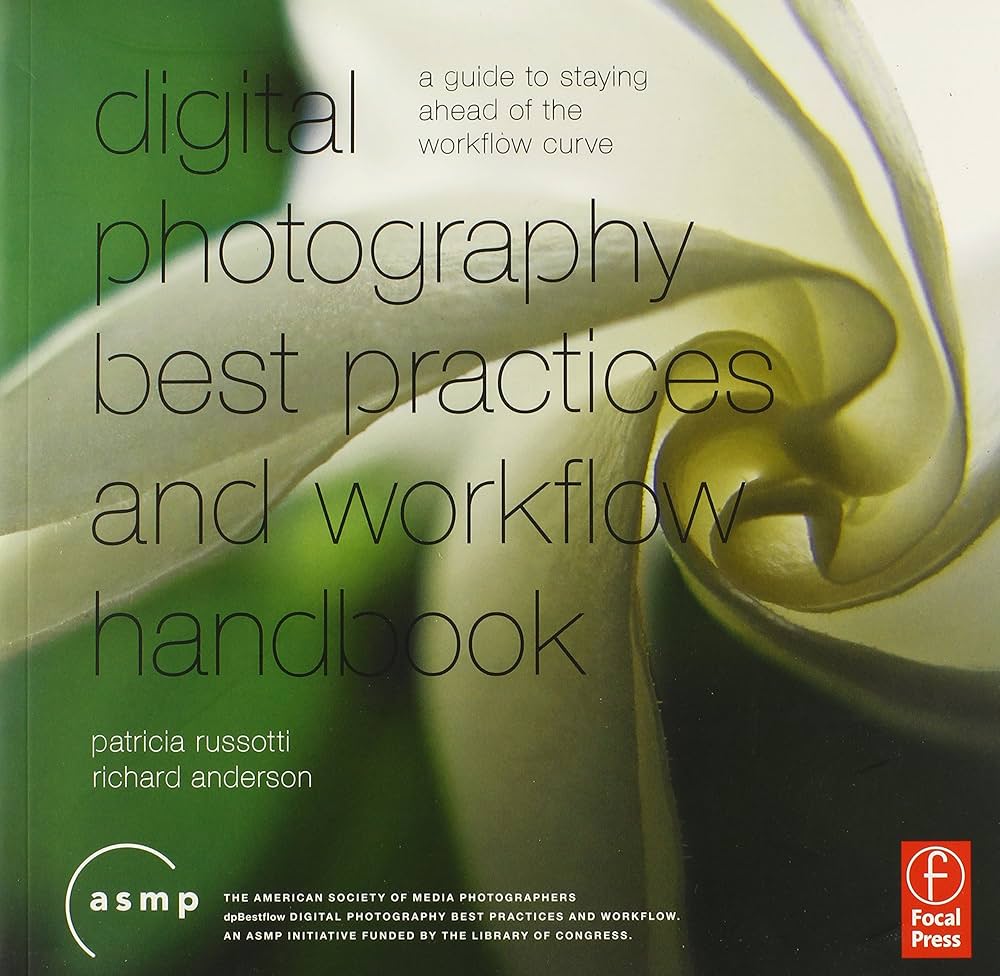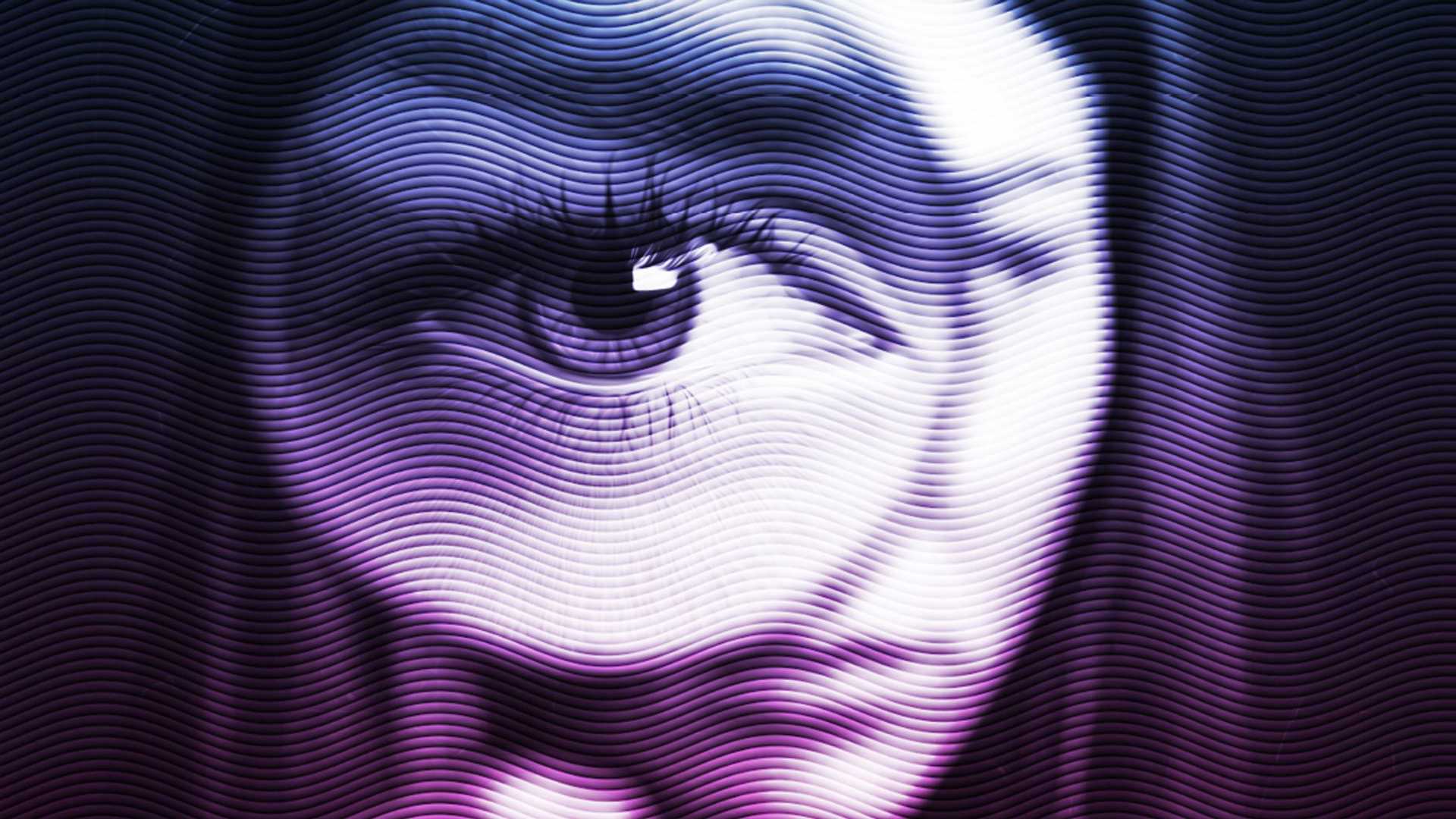The Future Of Search Belongs To Non-AI Photography: How Visual Search Is Shaping SEO
Have you seen this man?” says the detective to the bartender. You know this trope in action movies and detective novels. That’s a visual search. Sometimes, the question we’re trying to ask isn’t something that can be put into words. Google engineers have acknowledged this for years, trying to find ways to make image search or find similar images work for Google users. With recent advances in computer vision and artificial intelligence, their algorithms and tools have made it easier for the everyday Google user to hold up a picture and ask, “Where can I get these shoes?”
The Changing Landscape of Search Engine Optimization
The field of search engine optimization is changing. Tomorrow’s keywords are pictures. And that’s good news for photographers and photography businesses’ beset with fears about generative artificial intelligence. How do you future-proof your photography business against generative AI? It starts with doing what AI cannot do.
The Rise of Visual Search
Thanks to Google’s introduction of circle to search on Android phones, Amazon’s visual search for products, and Pinterest Lens making it possible to navigate a wordless world wide web, there’s a growing demand for something Midjourney, Claude, and even Google Gemini can’t do: Taking true-to-life pictures.

The Role of Google Lens
If you can’t describe what you’re looking for in words, use pictures. Google Lens is a search tool that lets you search the Internet using your phone camera or screenshots instead of words. What might have once been a novelty in 2017 has steadily developed into a staple for Google products, even extending to Android phones and Chrome browsers. That capability reaches further to create the new circle to search feature on Android phones.
The Importance of True-to-Life Photography
Google Lens and other visual search tools today can do more than you might expect. At one time, the search algorithms might have been limited to returning something with exact colors or image composition, confusing a pile of clothes for a car. Today, it can isolate a subject in a paused video or blurred background. It can recognize that you’re searching for an item of clothing or a building, even if it can’t find a precise match. That precise match is where photographers and photography businesses can make a bigger difference for clients than generative AI can.
Precision in Visual Search
Precision matters in a visual search. AI-generated imagery borrows from all its training data to create a composite image based on the prompt a user gives. However, if you’re looking for a specific pair of Nike shoes, then an AI-generated image of Nike shoes won’t cut it. Only true-to-life images can hit the precision necessary to match true-to-life image queries.

Use Case Matching in Photography
“Use case matching” is a term for the practice of shooting your subject 1) as it would be used and 2) where it would be used. This means that product photography of 2024 and beyond should be partially obscured, probably in a model’s hands, and potentially in motion.
Distance and Angle Matching
Distance and angle matching is the practice of shooting your subjects from the position they’re most likely to be seen, either in person or in video. Similar to use case matching, this practice is about putting yourself in the shoes of phone users who might be looking up your subject online.

Key Image Research
Key image research is the practice of using image search tools before starting your photography work to identify which images already exist for a given photography subject. It allows you to understand what types of competition your photography may face when competing in Google, and what other attempts have failed.





















